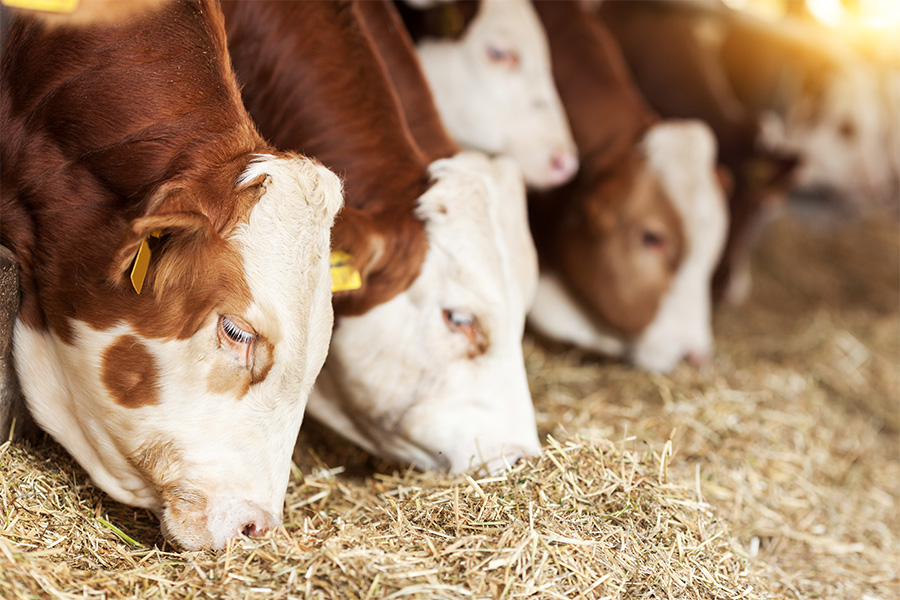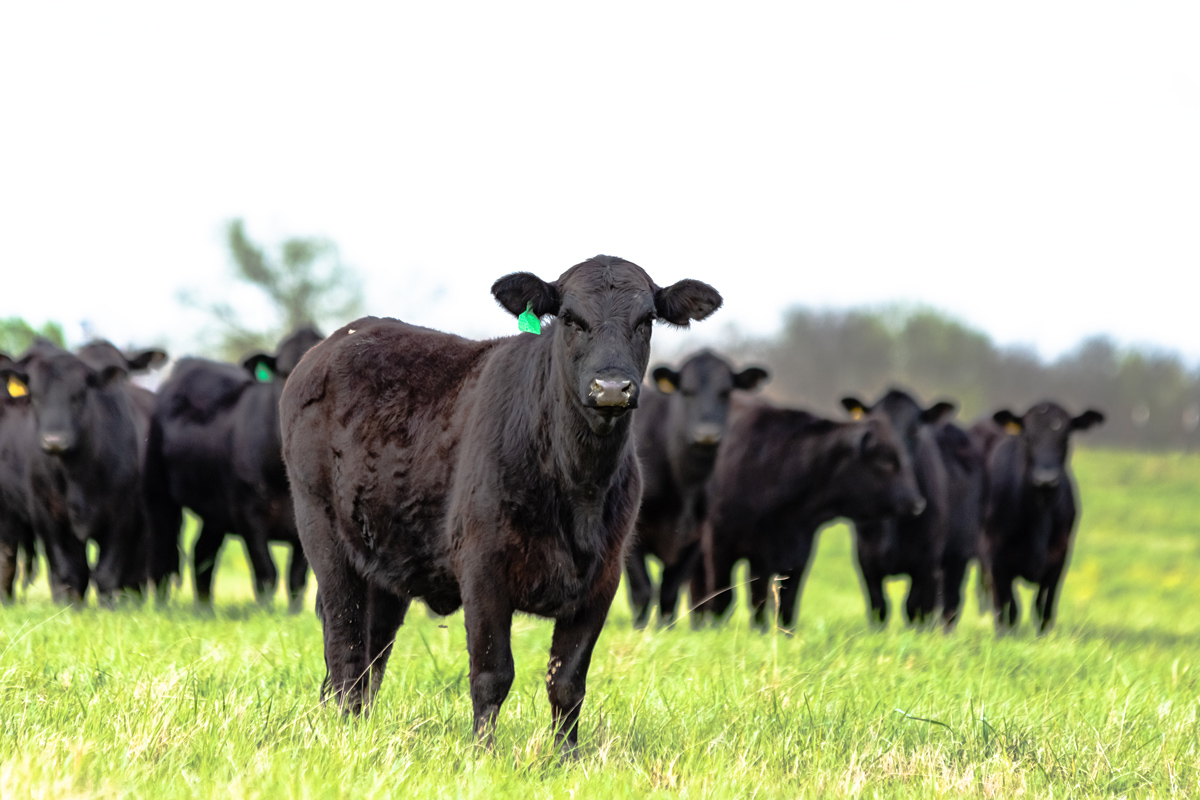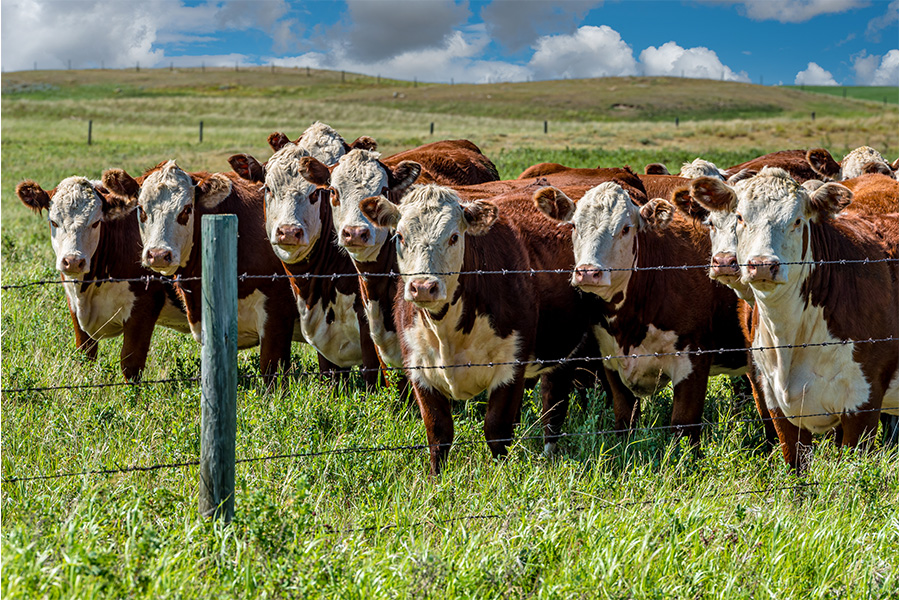Animal and Dairy Science
-

Reproductive efficiency has long been recognized as the most important aspect of commercial beef production. This publication explains how improved herd management and selection for reproductive performance can substantially increase the percent calf crop.
Lawton Stewart and Ted G. Dyer
|
-

Calving difficulty, otherwise known as dystocia, may result in reduced calf performance, delayed estrus and, in some cases, loss of the calf and/or dam. This publication discusses several factors affecting calving difficulty and provides management suggestions that may be useful to prevent its occurrence.
Tim Wilson, Lawton Stewart, Ted G. Dyer, and Johnny Rossi
|
-

B 1315
Creep Feeding Beef Calves
Creep feeding is the practice of providing supplemental feed (grain or forage) to nursing calves. This is usually done with the use of a creep gate, which is large enough for calves to enter the feeding area but too small to allow cows to pass. Creep feeding systems vary from grain-based energy supplements to limit-fed protein supplements to creep grazing. Each system generally produces increased growth, which may or may not be profitable. Creep feeding, like any other supplementation practice, must be analyzed based on estimates of expected increases in performance and income compared to the costs of these improvements. This publication discusses the advantages and disadvantages of creep feeding.
Lawton Stewart
|
-

This resource provides detailed information for cattle owners/managers on mineral supplements for beef cattle to ensure their optimal growth and reproduction.
Lawton Stewart
|
-

Drought conditions are a yearly occurrence in Georgia and have been prolonged in several areas over the past several years. These conditions can have severe impacts on cattle, and every cattleman should have a plan in place to minimize the effects of drought on the farm’s finances. This publication describes several management strategies for producers to consider during drought conditions.
Robert L. Stewart, Lawton Stewart, Ted G. Dyer, Ronald E. Silcox, and Johnny Rossi
|
-

Water is the most important nutrient for cattle. It accounts for 50 to 80 percent of an animal’s weight and is involved in every physiological process. Cattle cannot adapt to water restriction and feed intake greatly decreases if water is restricted. Water availability and quality can become a major issue during a drought. It is important to check water sources frequently for water availability and quality during a drought.
Lawton Stewart, Ted G. Dyer, and Johnny Rossi
|
-

Cutting costs allows producers to survive during trying times and also teaches valuable lessons that may actually increase profits in future years. Cutting corners, on the other hand, may save some money in the short-run but ultimately will have very detrimental effects.
Lawton Stewart, R. Curt Lacy, Dennis Hancock, Ronald E. Silcox, and Glendon H. Harris
|
-

This publication describes dairy herd synchronization programs will help improve your reproductive management efficiency. Try the one that fits your management system the best. Both estrus and ovulation synchronization programs will help get more animals bred more efficiently. Feeding open animals extra days can be costly to producers. Identify open animals and pick the best breeding alternative for your operation.
William Graves
|
-

Estrous (heat) synchronization in beef cattle involves manipulating the females’ estrous cycle so they can be bred at about the same time. The normal 21-day estrous cycle in beef cattle can be altered by following an effective estrous synchronization protocol. Numerous estrous synchronization protocols have been developed that use a combination of different drugs and products to alter hormonal changes in the female’s estrous cycle. Since different reproductive hormones are used in estrous synchronization, developing a basic understanding of several reproductive hormones is helpful for determining which protocol will work best for your herd.
Ted G. Dyer and William Graves
|